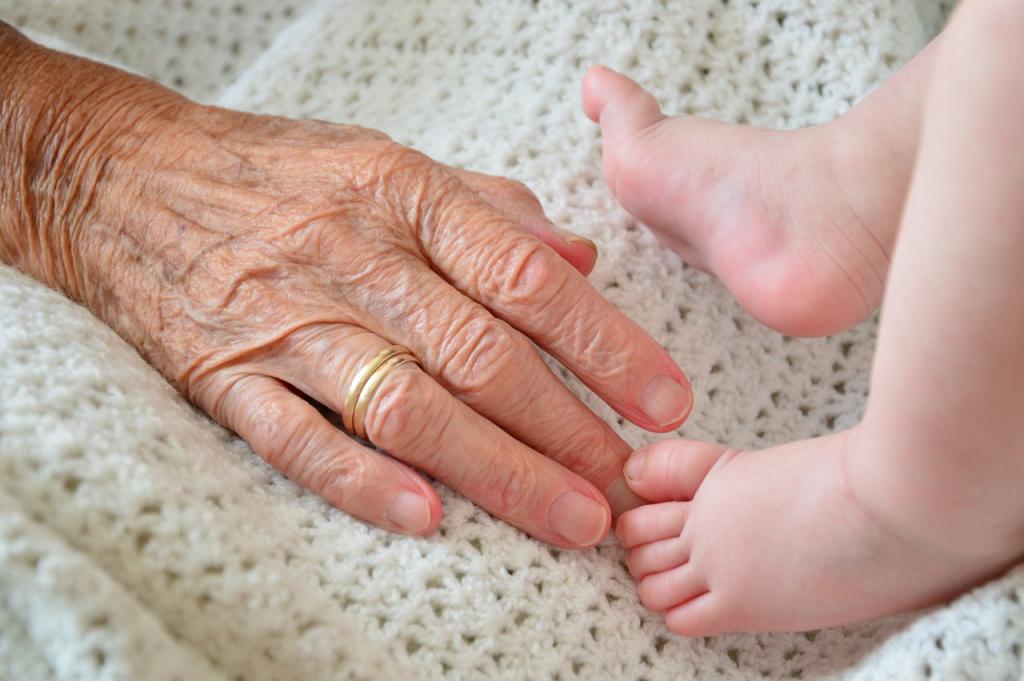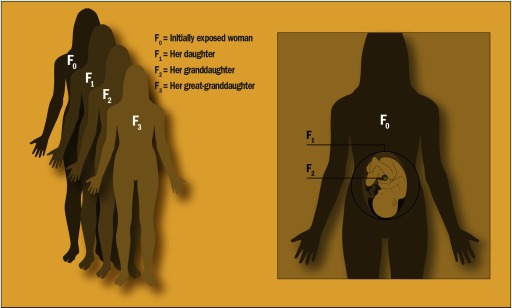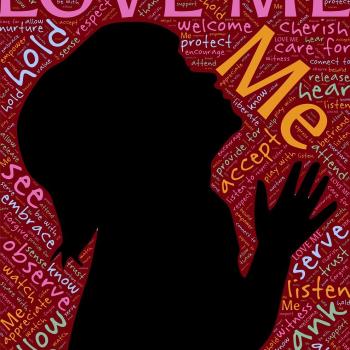
Adoption day was wonderful and we stepped into our new life, believing we’d be a happy, settled family. The gavel dropped, the new name was granted, yet walking out the door, the tantrum started. Trauma had a different type of family dynamic in mind for us. As we welcomed family from afar, planned adoption parties and rented the bounce houses, we had no clue that trauma, and behaviors that evolved from it, would remain a part of our family life forever. If Adoptive parents are not provided with ways to become educated on the unique needs of their kids, they will simply become a statistic of the daily number of failed adoptions.
The Grandmother Egg Theory
A theory often credited to Robert Barker of Southampton is that a female fetus is just around 4 months of gestation when all the eggs she will ever have for the rest of her life complete formation. Stay with me here, I do tie this in…!
The Fertility Answers website calls this the Grandmother Egg Theory. Unlike males who make sperm throughout their life, it is believed that females are born with all eggs they will ever produce. This Theory then presents the mind-blowing idea that a mother can impact not only her daughter in utero, but also future generations. So if my great-grandmother had sustained trauma, my mother in-utero and the seed of myself in mom, would struggle with issues alike! Anybody else thinking of the verse Psalm 139:13-14:
For you created my inmost being; you knit me together in my mother’s womb. I praise you because I am fearfully and wonderfully made; your works are wonderful, I know that full well.
Prenatal Exposure and Potential Multi-Generational Impact

Many studies on such theories have been explored. Epidemiologist Dr. Barbara Cohn studied prenatal exposure to environmental agents. She reveals that each prenatal exposure has the potential to directly impact three future generations. From the image to the left, shared by the National Library Council of Medicine, these generations include the mother (known as the F0 generation), the fetus (F1 generation), and if the fetus is female, all her immature egg cells—any of which may one day become the F2 generation.
If environmental elements can impact the neurodevelopment of future generations, what about trauma? Can trauma also be passed down from generation-to-generation?
Generation Upon Generation
The National Library of Medicine published this article detailing Marcy Hartman and 15,000 other pregnant women in the San Francisco Bay who took part in a cohort from 1959 to 1967. It led to the tackling of prolific scientific questions such as:
- What is the role of the environment in health?
- Can a woman’s exposure during pregnancy impact the health of future generations?
In short, is it possible that:
The egg that would become ‘you’,
Was formed in your mother’s womb,
While she was in her mother’s womb.
Your grandmother.
Once more we can have fresh eyes on the verses of Psalm 139:13-16.
For you formed my inward parts, you knitted me together in my mother’s wombI praise you, for I am fearfully and wonderfully made. Wonderful are you works; my soul knows it very well.My frame was not hidden from you, when I was being made in secret, intricately woven in the depths of the earth.Your eyes saw my unformed substance; in your book were written, every one of them, the days that were formed for me when as of yet there was none of them.
Multi-Generational Trauma
And those things affect the neurodevelopment – the function of the central nervous system – of our children!
A growing body of research suggests that trauma can be passed from one generation to the next in this fashion:
Trauma can leave a chemical mark on a person’s genes, which can then be passed down to future generations. This mark doesn’t cause a genetic mutation, but it does alter the mechanism by which the gene is expressed. This alteration is not genetic, but epigenetic.
Dr. Chris Mason, associate professor at Weill Cornell Medicine and director of the Mason Lab: shares that:
Epigenetics, in simplified terms, is the study of the biological control mechanisms of DNA—the light switches that turn genes on or off. What does that mean? In essence: epigenetics control how or why your genes are expressed.
What would have seemed preposterous 20 years ago has become a fast-emerging field of study. Today the idea that a person’s experience could alter their biology, and behavior of their children and grandchildren, has gained serious traction. Animal and some smaller human studies have shown that exposure to stressors like immense stress or cold can trigger metabolic changes in subsequent generations.
“I Could Have Been Prepared.”














